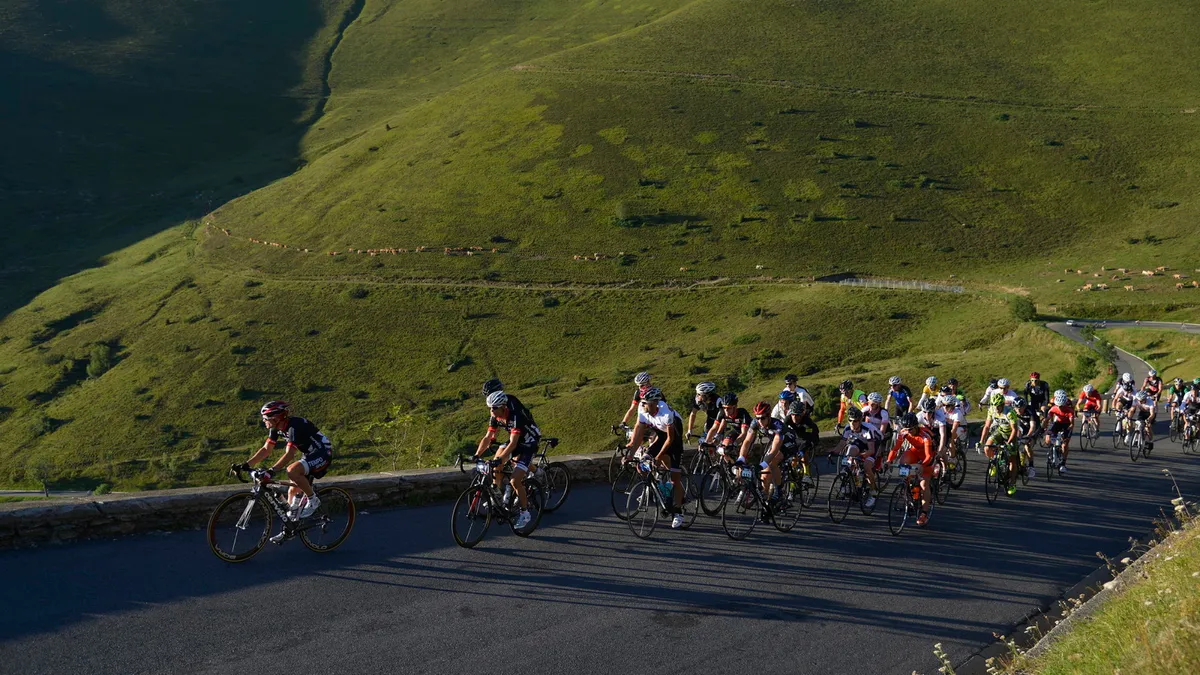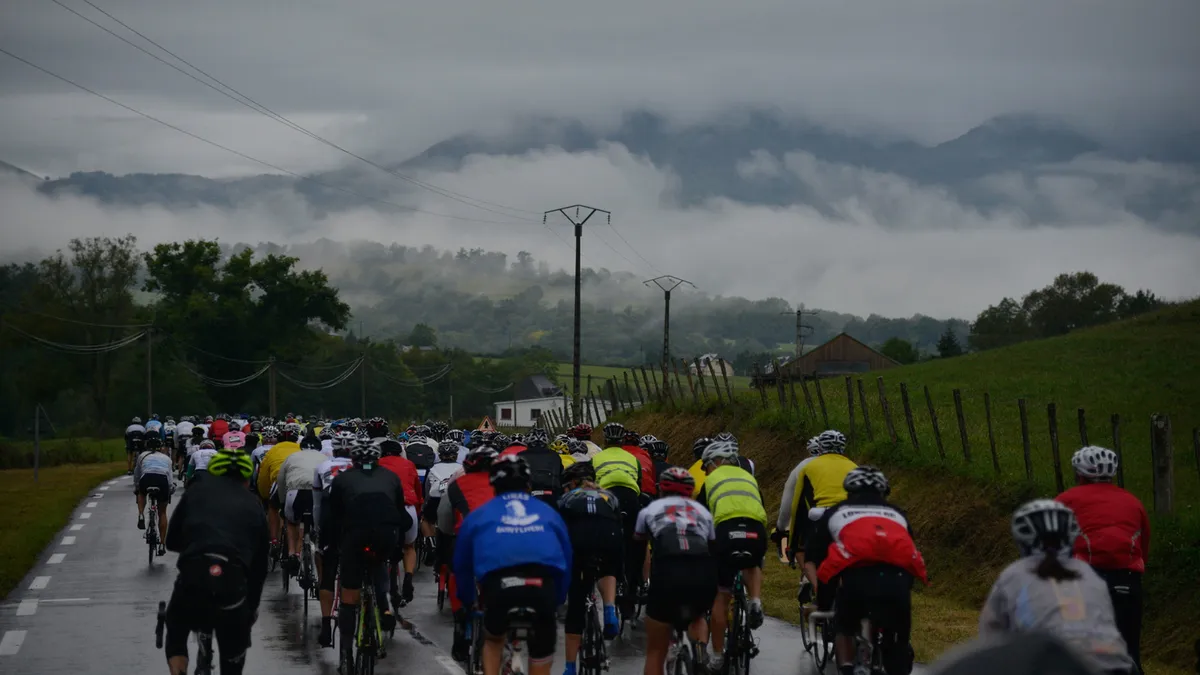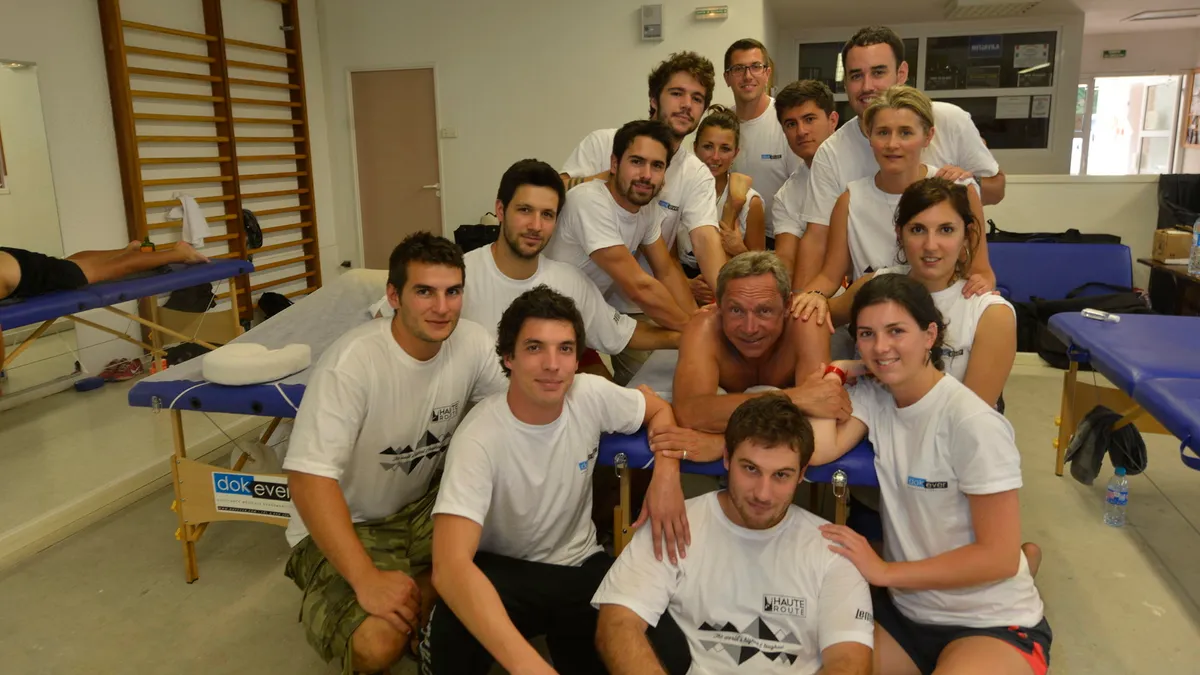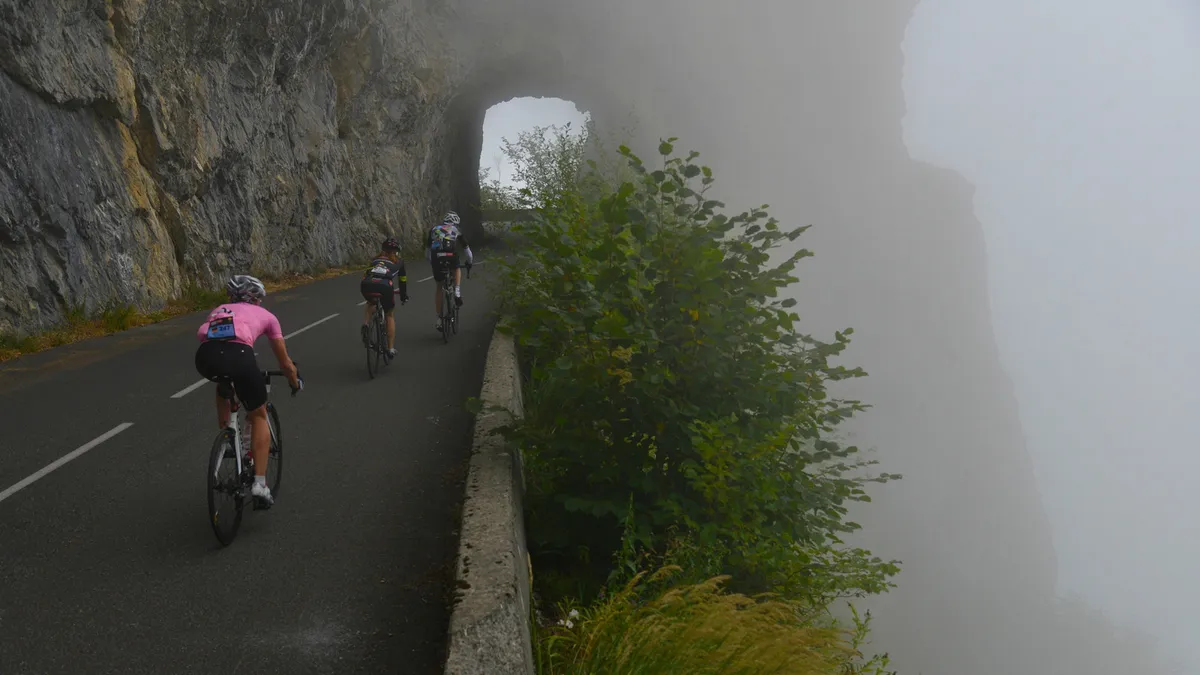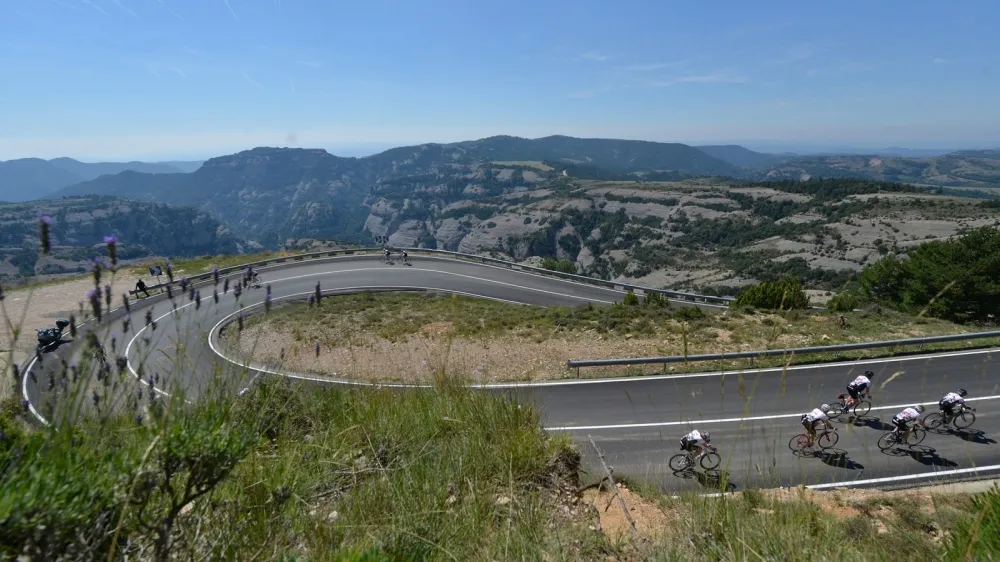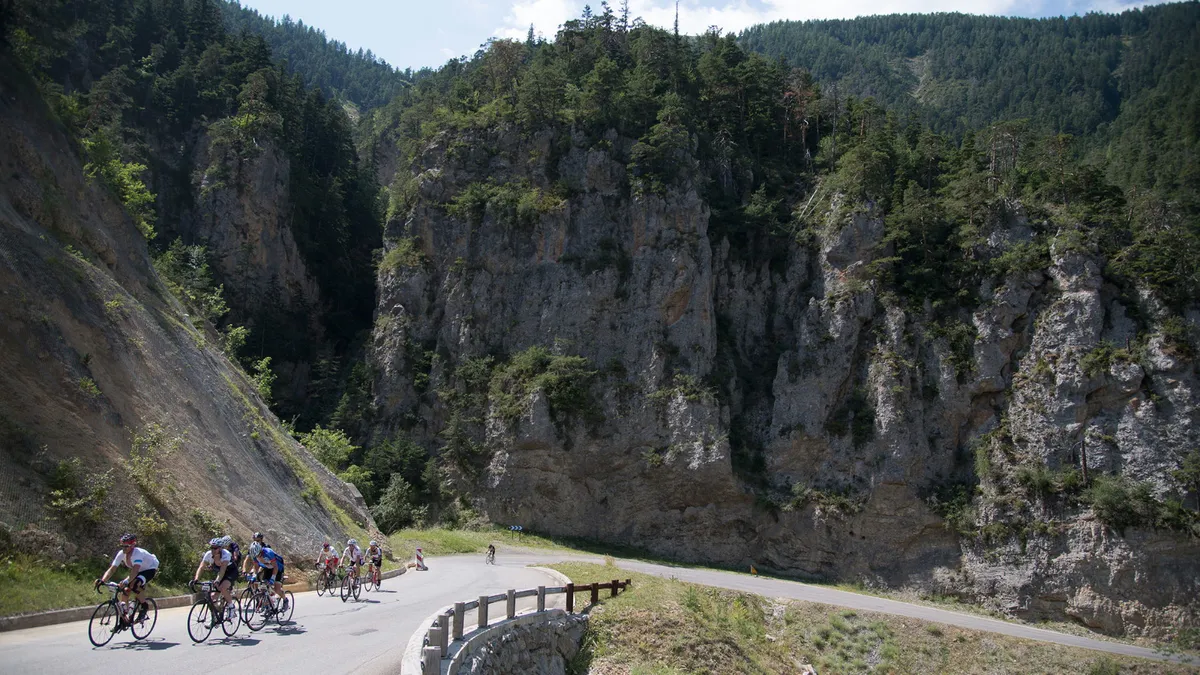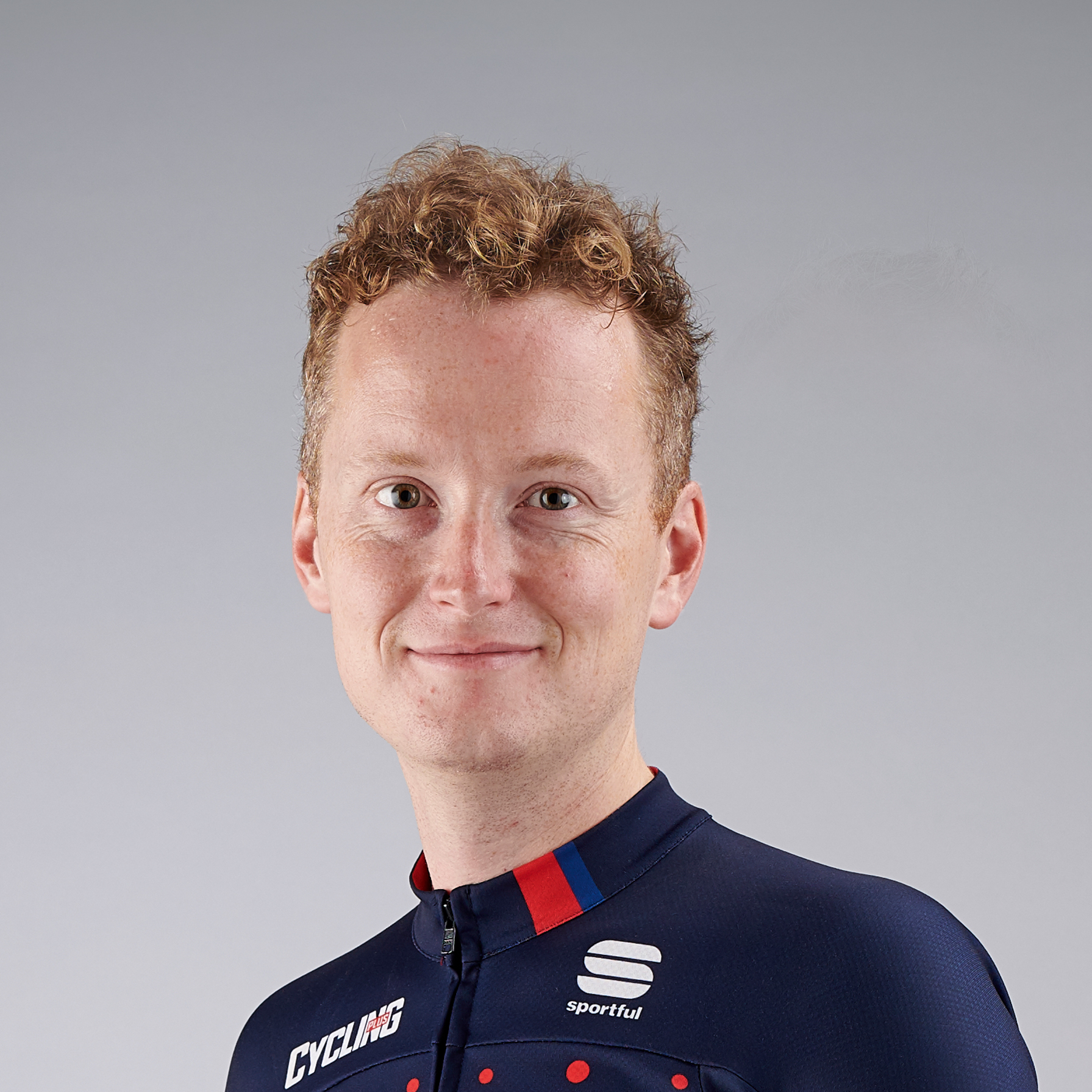It might be celebrating its fourth birthday this summer but as something of a veteran of the Haute Route I still feel like I’m in on one of the best-kept secrets in cycling.
Every roadie I know has heard of the Etape du Tour or La Marmotte, but when people ask me what my upcoming riding plans are, I generally get blank faces staring back at me when I tell them I’m riding the Haute Route.
“Huh, I’ve never heard of that, what is it?”
“Well…” I say, before launching into a lengthy monologue that leaves them in no doubt…
The Haute Route is a long haul
At seven days (and stages) long, this three-event series is the logical next step for those looking for a new, tougher challenge from single-day rides. It’s organised by Anglo-French firm OC Sport, whose sailing background is still evident in one of the central tenets of the series: that each event begins and ends by a body of water. This year there are events in the Alps, Pyrenees and, new for 2014, the Dolomites/Swiss Alps.
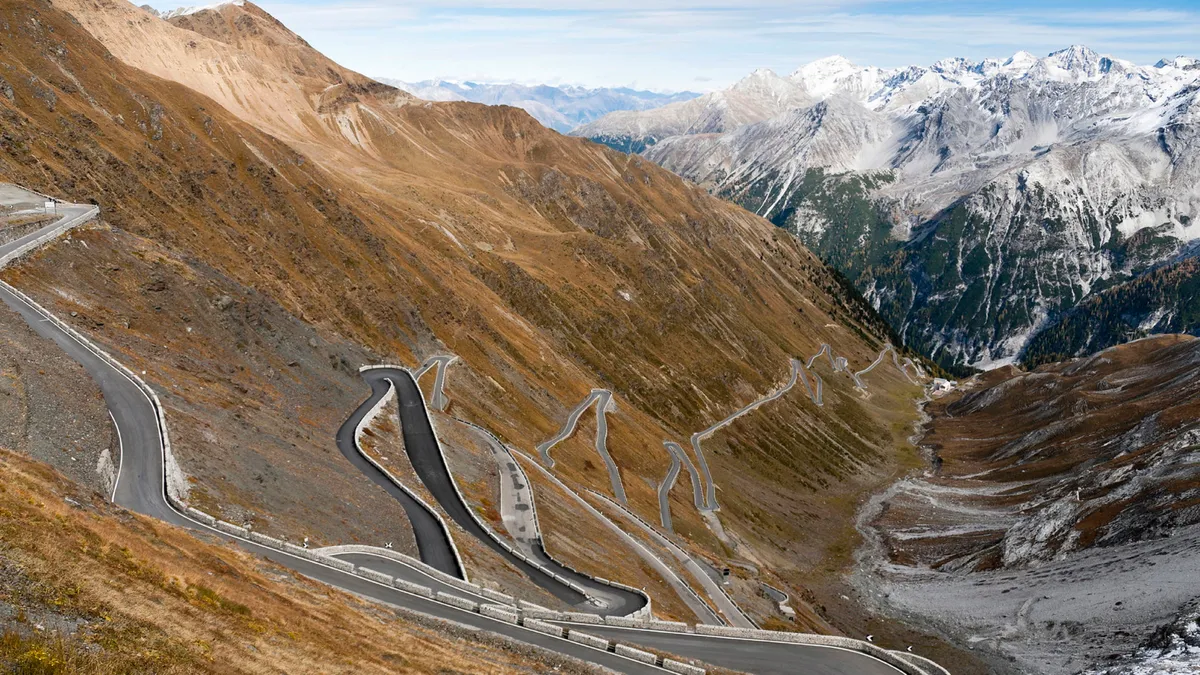
New for 2014 is a time trial up the mighty Stelvio
While the series keeps pushing its boundaries into new mountain ranges, the format has stayed constant: 750km (466mi) in length, 20,000m (65,000ft) of vertical ascent (and descent) over six road stages and one time trial. These are, in reality, figures rounded to a memorable number for marketing’s sake. The Pyrenees event I rode in 2013 was a little shorter and lower than that, while the Dolomites event I start this week is a jaw-to-the-floor 925km (575mi). Neither does each event always stay within the mountain range of its name. This year’s Alps event, for instance, has a stage that finishes atop Mont Ventoux in Provence, and the Dolomites Swiss Alps event spends two and a bit days in the Italian Alps, notably with a time trial up the Stelvio.
The Haute Route is as hard as you want to make it
When the Haute Route began in 2011, OC Sport was keen to reinforce its tagline: ‘the highest and toughest cyclosportives in the world’. Its trailer video was full of ominous imagery, of riders suffering like dogs on the toughest mountains in Europe. This year they’re making a big play of welcoming riders of every ability.

There is no shortage of beauty on the route
The truth is that they’re right on both counts. It’s the beauty of cycling in the mountains – you have the canvas to paint your own narrative, to make it as easy or difficult as you want without any external pressure. The gulf between the guys battling for the leader’s jersey or threatening the lanterne rouge is massive, with many different stories played out in between. For some, it’s a chance to race at a high level against the likes of Emma Pooley, who returns this year after her Haute Route debut in 2012. For others, it’s not even a race at all, but a personal odyssey, man against mountain. It’s a challenge for everyone involved but with generous time limits and relatively short stages, as long as you’ve put the work in beforehand there’s nothing of which to be overly afraid.
The Haute Route may be the closest thing you’ll get to the pro experience
A lot of events make grand promises about the ‘riding like a pro’, but in my experience the Haute Route comes closest – for better and worse. In reality, on most events, the ‘the pro experience’ actually means a lot of pampering, where everything short of pedalling your bike is done for you. Don’t get me wrong, the organisation of the Haute Route do help you out – they transport your luggage each day, have Mavic neutral service on the road, quell your ravenous appetite immediately after each stage and provide excellent stage and safety information in nightly briefings. You do, however, have to fend for yourself a lot. It partly stems from the fact you’re just one of 400 in the event. You need to be organised and you need to be prepared. It’s up to you to drag yourself out of bed each morning because the race isn’t going to hang around for you.
The Haute Route also has the feel of a pro race. I went straight from covering the Tour de France to riding the Pyrenees event last year, which was like crossing the fence from reporter to rider. From the design of the start village to the signage on the route and the ‘salle de presse’ signs at the finish, in my accumulated fatigue it was sometimes confusing to know when the Tour had ended and the Haute Route had begun. It’s an extremely professionally run event.
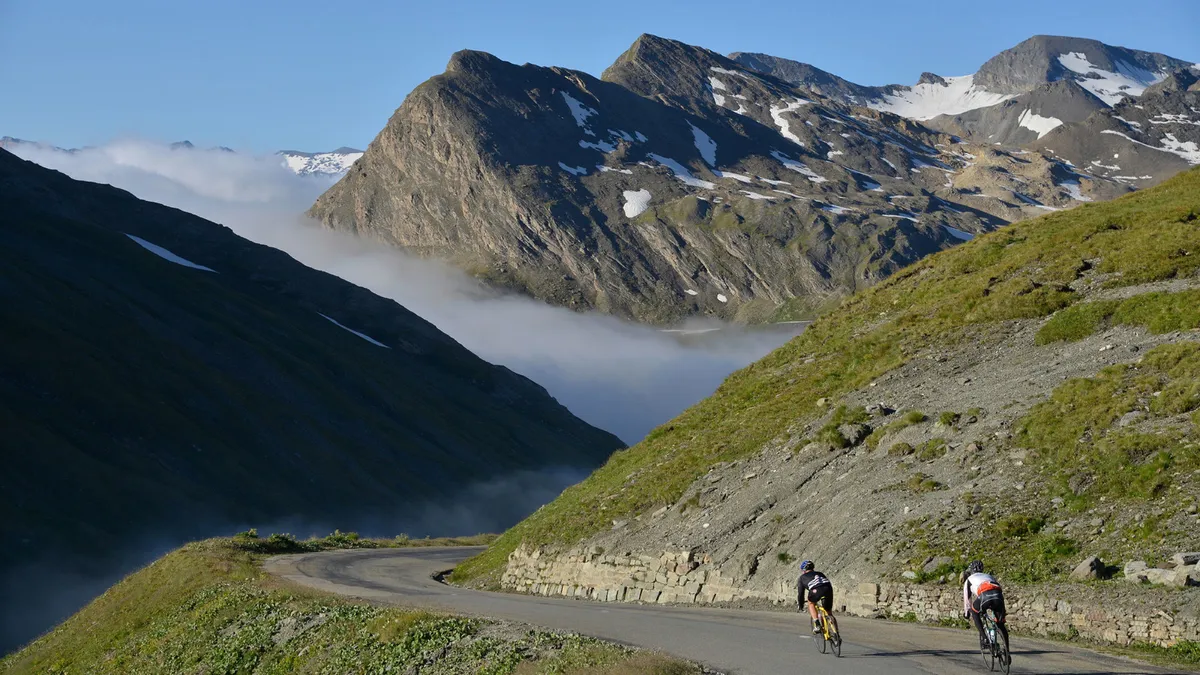
Riding challenging roads in stunning surroundings makes the event special
And why is ‘the pro experience’ always referred to in such a positive way? Being a pro at a race is damn hard work! Any pro would tell you mammoth hotel transfers are one of the most frustrating things about a stage race, something riders of the Haute Route will likely experience at some stage.
In many ways Haute Route riders have it tougher than the pros. The riding is one thing, but making sure you’re fit and ready to go in time for the next stage is physically and mentally draining. There are no soigneurs at your beck and call – it’s all on you to do whatever you need to do.
The Haute Route will exhaust you in every way, but you’ll begin to fly on the bike
I’ve rarely felt more tired than I do on day five or six of the Haute Route. Getting out of bed at an ungodly hour and making it to the shower is always the hardest bit. My gritty eyes are welded shut. My heavy aching limbs feel as though they’re strapped to the bed. It’s often accompanied by wretched sunburn. By the time I’ve crawled down to the breakfast room, it’s to engage in grunting conversation with my fellow dead-eyed zombies. Extreme endurance has a weird effect on my brain, seemingly knocking a third off my IQ and turning simple conversations into an ordeal. And as for getting to sleep, that just gets harder as the week goes on. A heart rate that remains elevated well into the night is in no way conducive to decent shut-eye.
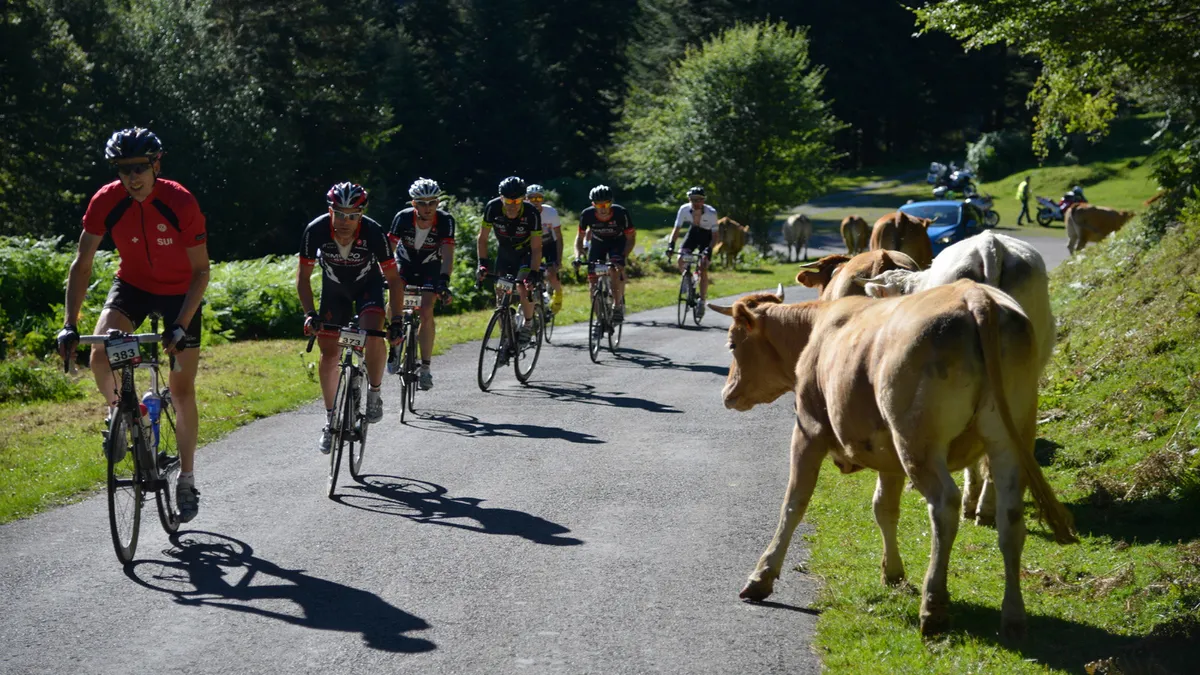
Animals on course is a reality in the Pyrenees
But in between all this, something strange happens. Once I’m on the bike, with legs loosened and pulse elevated, my riding gets stronger with each passing stage and by day seven I’m always convinced I’ve another Haute Route in my legs. It’s the great dichotomy of stage racing.
The Haute Route is actually quite hard to define
Is it a sportive or race? I do get confused on this. The tagline suggests it’s a sportive, yet to enter you need to have a race license or buy one for the week. You need to pass a medical to show you’re ‘fit for cycling competition’ and in 2012 I even had to get a TUE (therapeutic use exemption) for my asthma inhaler, as well as submit to random drug testing if required. There are podium presentations each day to present leaders’ jerseys and results are published in order of time, as opposed to alphabetical order, which sportives always do for insurance purposes.

Are we racing here or just enjoying it? You decide
Dave Moran, from Edinburgh and 19th overall in the Pyrenees last year, has an explanation: “I guess it depends on your position in the rankings. It was a race from where I was but it’s different to a road race like you’d get in the UK. There are big variations in abilities, so the field becomes strung out quickly. The first five guys were very serious and were competing against each other hard at a very high level. I was in the next group back. We knew we weren’t going to win so there was a lot of respect and friendship. We’re all chasing a good placing, but when it’s not your livelihood, when it’s just a big adventure, you can enjoy the experience a bit more. You’re not riding against them but with them, and you’re all pulling in the same direction to achieve your best result possible.”
The Haute Route is, above all, a hell of a lot of fun
I’ll be riding my third Haute Route this year and it’s a sign of the quality of the series that I always see familiar faces every year. Entry doesn’t come cheap (2,900 euros for entry and hotel accommodation) so for people to return year after year speaks volumes. “It costs an arm and a leg but what you get back is worth it,” says Tim Hopkin, who finished 122nd in the Pyrenees last year. “You can’t put a price on the memories. The reason I came back was because I’m still talking about the 2011 Alps event now. I could buy a new set of wheels for the cost of entry but it’s the experiences that give me satisfaction. They are memories I treasure.”
Haute route pyrenees 2013
The Haute Route series starts on 16 August in Venice with the Dolomites Swiss Alps event and is immediately followed by the Alps and Pyrenees. Entries to all three remain open. For more information, visit www.hauteroute.org.
